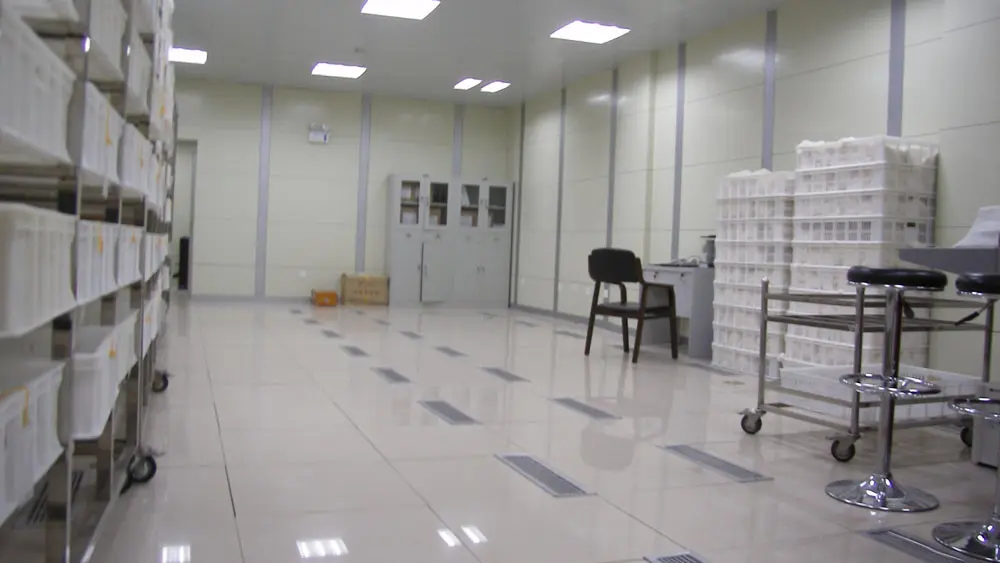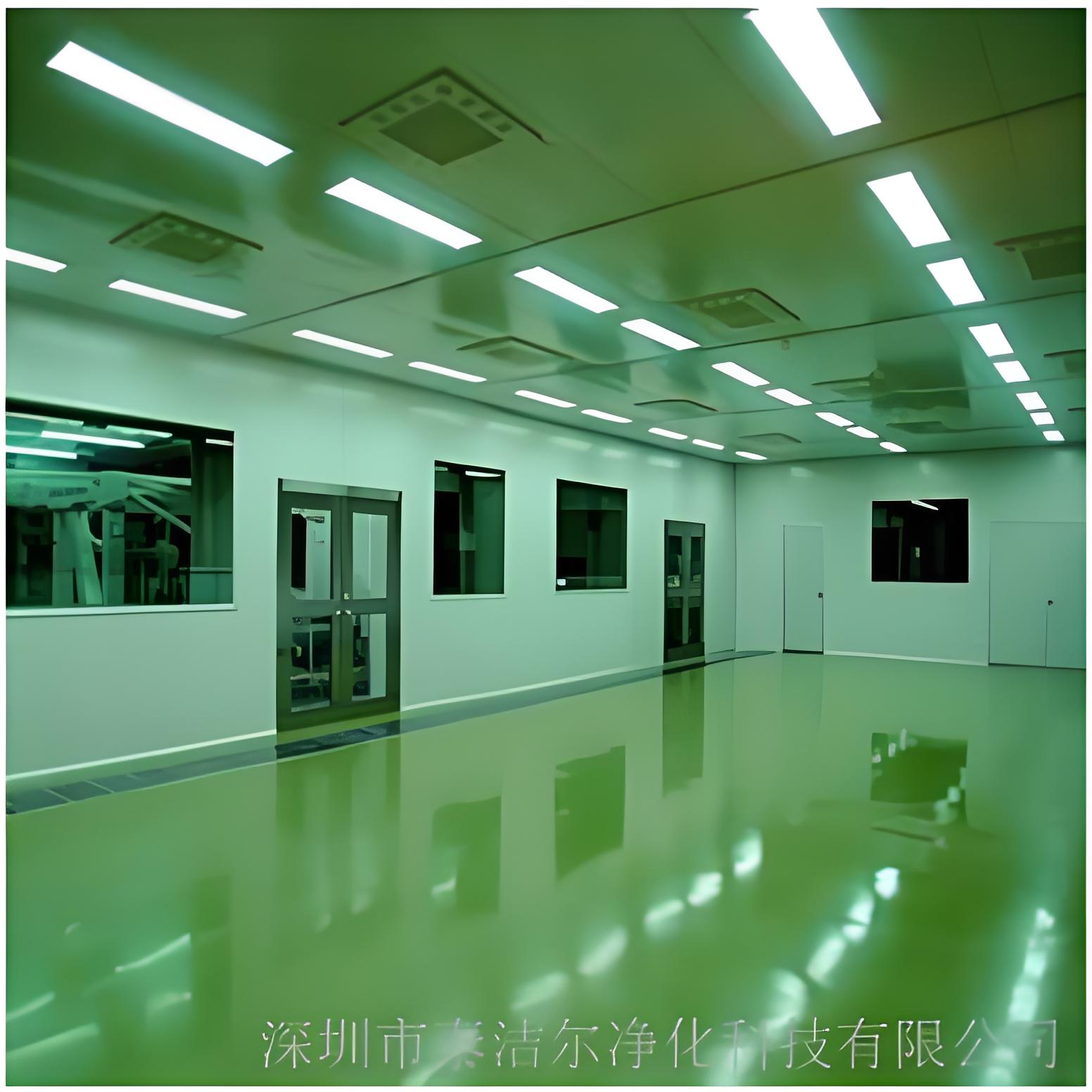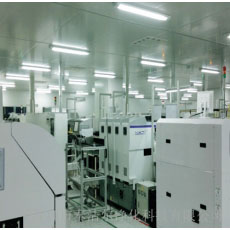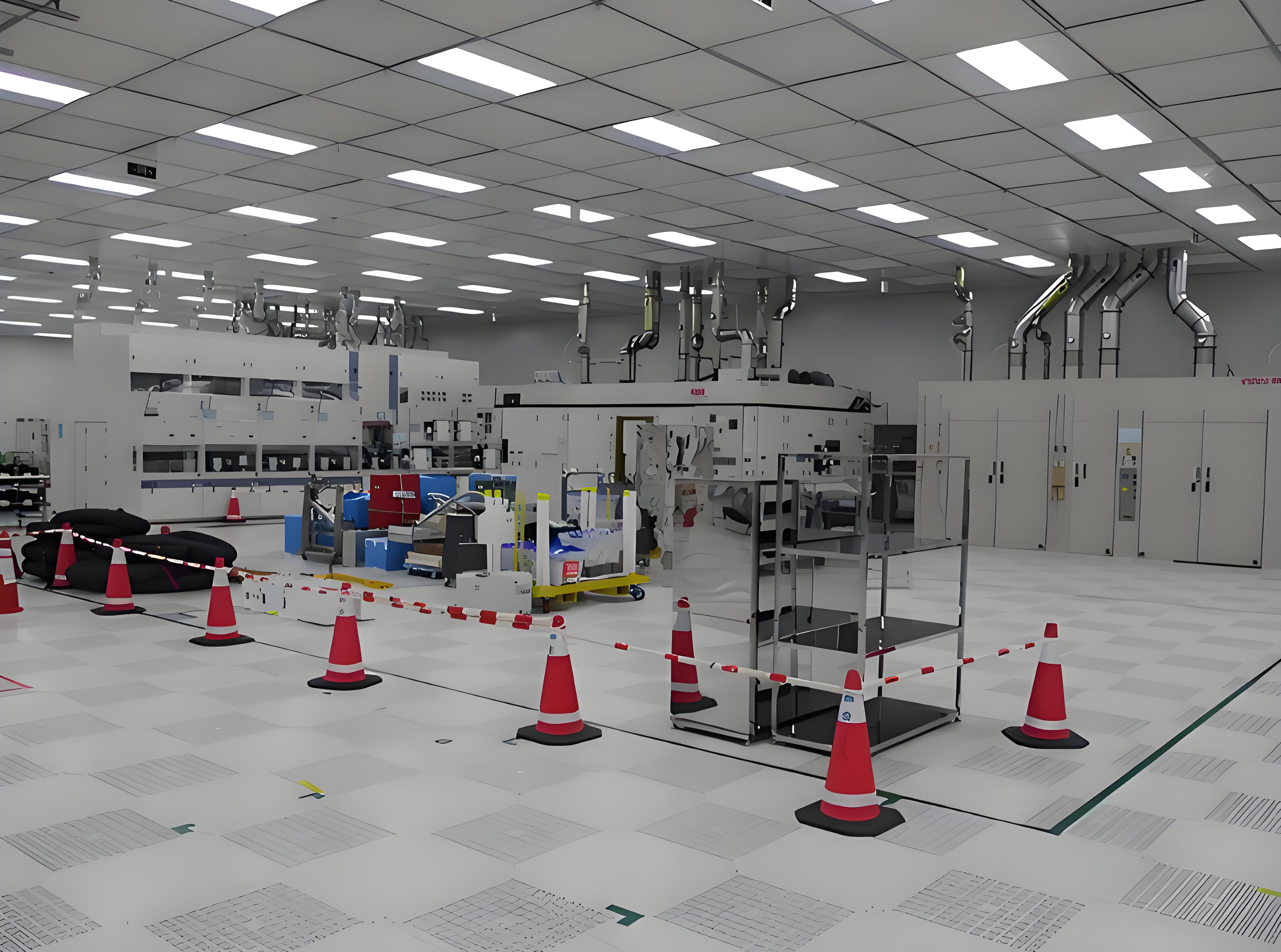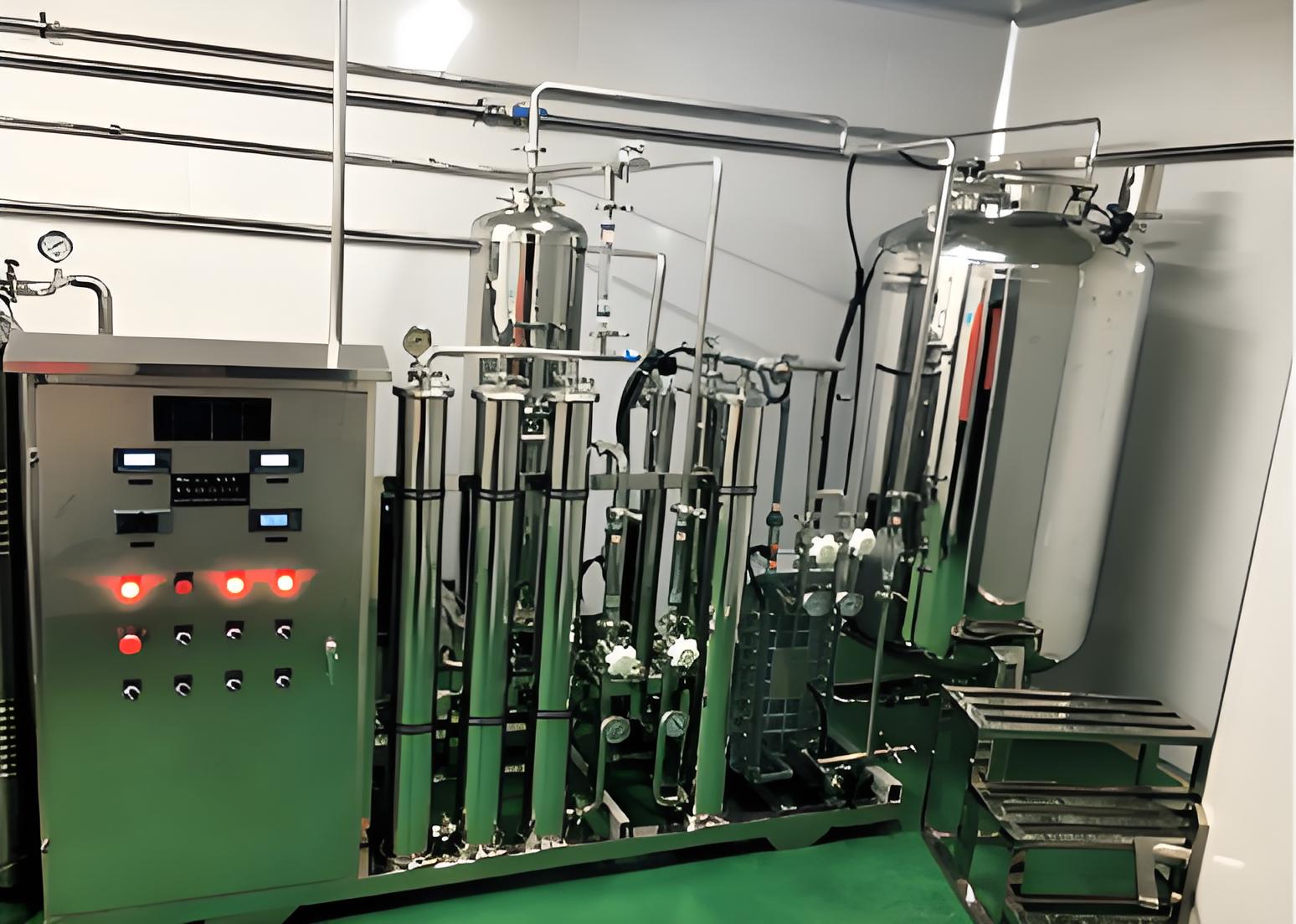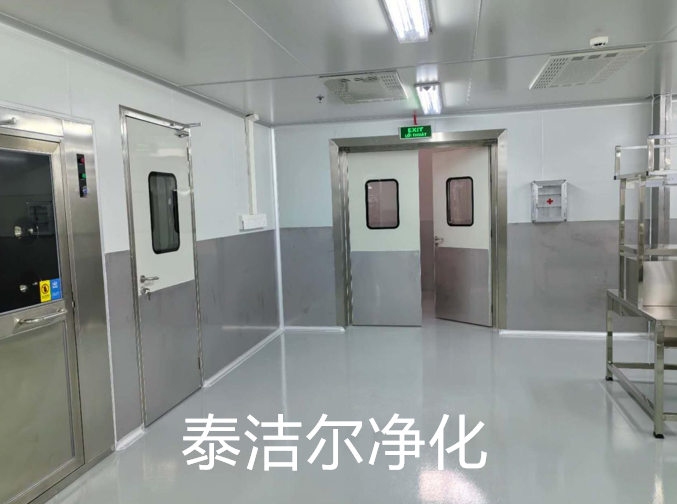
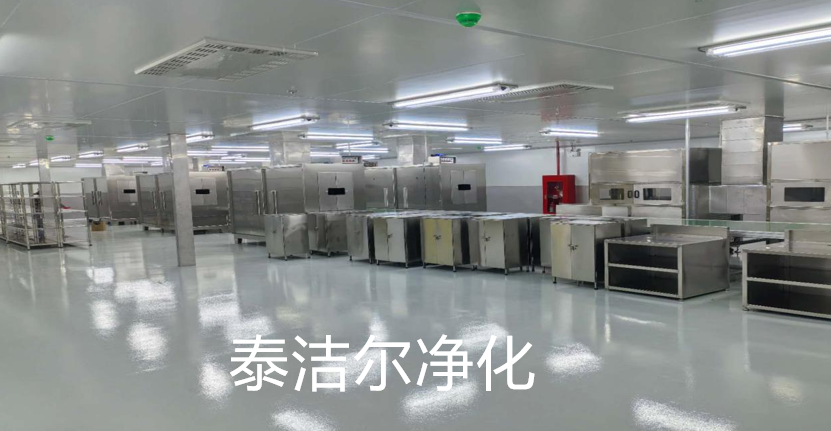
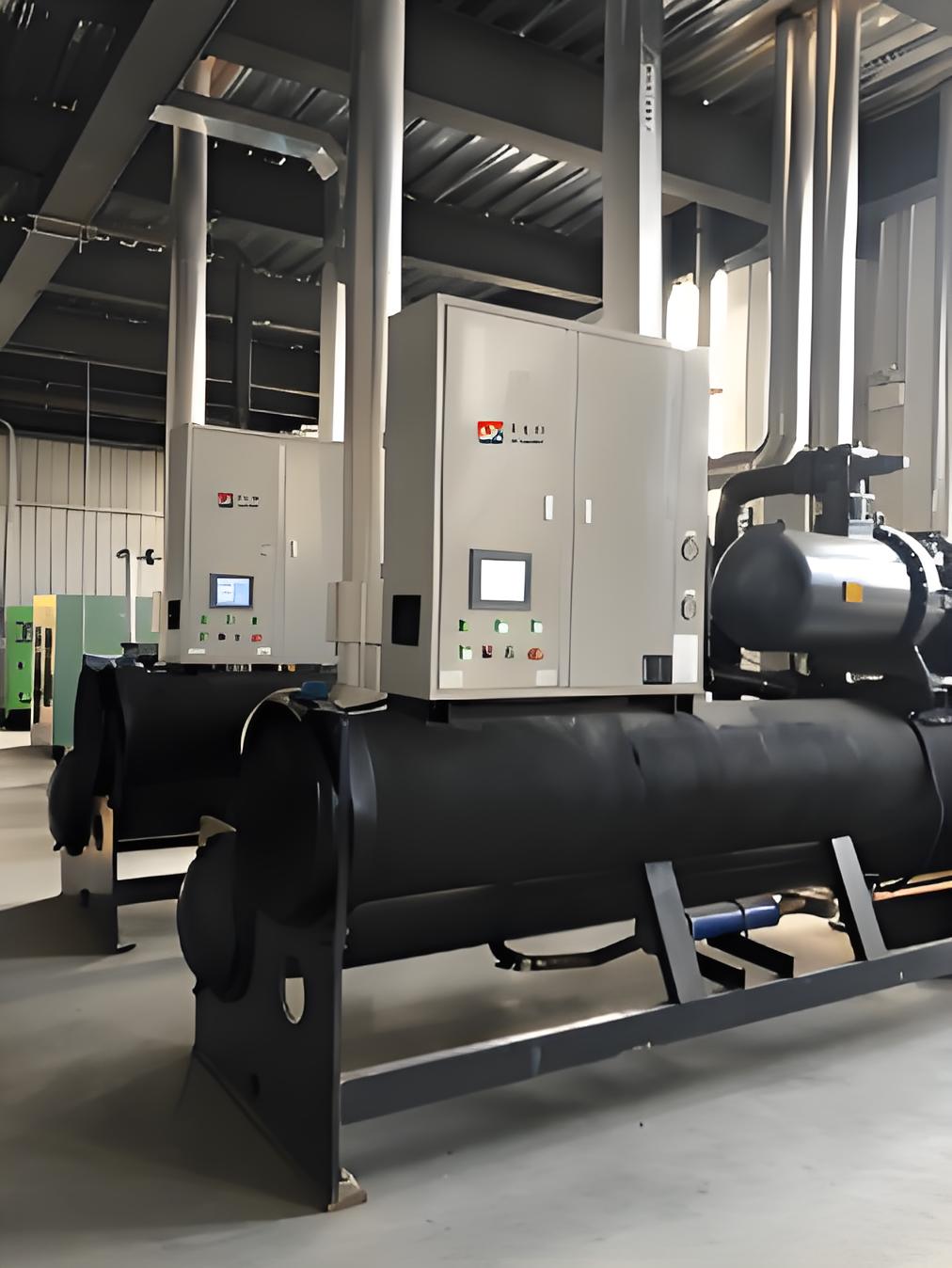
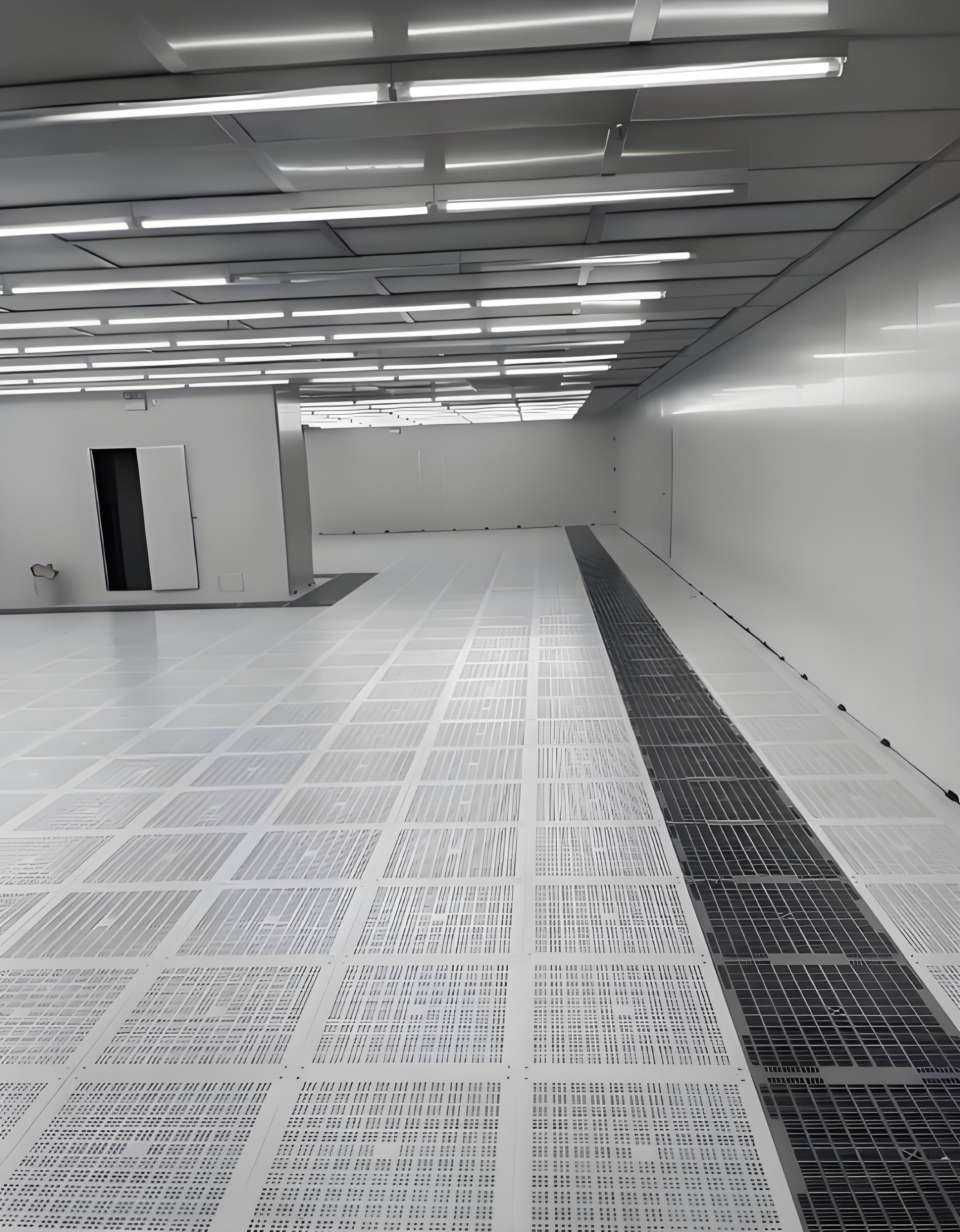

The cleanroom technology industry is a green industry serving high-tech applications and improving people's daily lives. The advancement of cutting-edge technology and the enhancement of living standards both rely on the development of cleaning technology as a supporting factor. In recent years, alongside the gradual improvement in people's living standards, cleanroom-related technology has expanded from serving high-tech and top-tier industries to everyday work and life applications. It is now widely used in food production and distribution, high-end equipment manufacturing, premium commercial office buildings, large data centers, venues for large-scale events, and even in beauty and cosmetics industries.
Cleanroom technology involves providing a controlled clean environment tailored to customer requirements, effectively managing pollutants such as microparticles, harmful gases, and bacteria, while ensuring that parameters like temperature, humidity, noise, lighting, cleanliness, pressure differentials, airflow velocity and distribution, vibration, static electricity, and other indicators meet safety production standards. The primary function of a cleanroom is to supply the necessary clean environment for product manufacturing (e.g., silicon chips) and services, as well as to maintain temperature, humidity, micro-vibration, noise, and lighting conditions, ensuring that related products and services can be produced and operated in a controlled and optimal environment. This helps achieve higher production yields and improves the quality of related services.
Cleanroom technology mainly consists of three interrelated stages: design, construction, and operational management. Quality begins with design, which is the core. Cleanroom construction differs from conventional building projects, involving protective structures (often called "rooms within rooms"), clean air conditioning systems, electrical and automation systems, low-voltage power supplies, ultrapure water and special gas supply systems, and waste treatment equipment. Operational management includes real-time monitoring, staff training, and equipment maintenance to ensure a continuously controlled production and research environment. These three stages encompass static, passive, and dynamic states, integrating risk assessment concepts and certification processes. The interdisciplinary, cross-specialty, and academic nature of cleanroom technology increases its complexity. Therefore, optimizing design, coordinating on-site construction environments, accumulating technical experience, understanding customer needs, and adapting to design changes are key indicators of a cleanroom construction team's capabilities.
